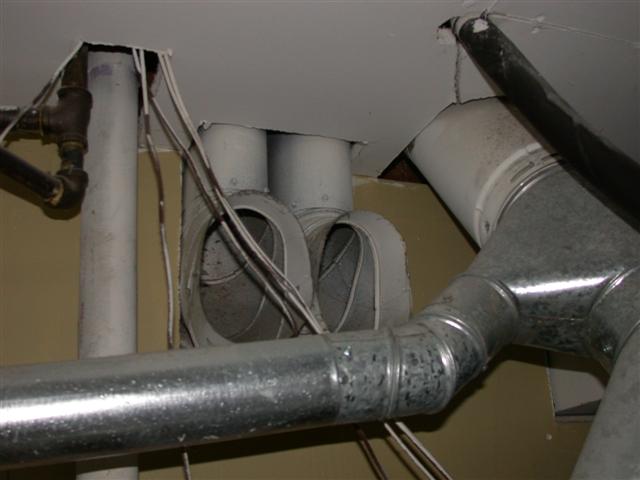
Unmasking the Mystery: How to Repair HVAC Leaks like a Pro!
Title: Unmasking the Mystery: How to Repair HVAC Leaks like a Pro. We’ve all been there – a mysterious puddle of water underneath your HVAC system leaving you scratching your head. HVAC leaks can be a common issue, but don’t panic!
With a little know-how and some DIY magic, you can repair that leak and restore comfort to your home without breaking the bank. In this blog article, we’ll unravel the mystery behind HVAC leaks and provide you with clever tips to fix them like a seasoned pro.
1. Diagnosing the Culprit:
First things first, identifying the source of the leak is crucial. Start by checking the condensate drain line for blockages or damages. A clogged drain line is often the primary culprit behind HVAC leaks.
Additionally, examine the coil drain pan for any cracks or visible damage. Finally, ensure that the evaporator coil is clean and free from debris, as a dirty coil can contribute to leaks.
2. Unclogging the Drain Line:
Many HVAC leaks are caused by a blocked condensate drain line, which can easily be cleared. Start by locating the drain line’s access point, usually near the indoor unit. Use a wet-dry vacuum or a specially designed drain line cleaning kit to clear any obstructions. Alternatively, a mix of distilled vinegar and warm water can be poured down the drain line to dissolve the debris.
3. Repairing Damaged Components:
If you notice cracks or damages in the coil drain pan, don’t fret – you can fix it! Clean the affected area thoroughly and apply an epoxy or special HVAC adhesive. Allow it to dry completely before testing for any leaks. When working with epoxy or adhesive, remember to wear protective gloves and follow the manufacturer’s instructions for optimal results.
4. Preventive Measures:
Prevention is always better than cure, so make sure to keep up with regular HVAC maintenance to minimize the chances of future leaks. Change air filters regularly, ensure proper airflow around the unit, and consider installing a condensate overflow switch or water alarm to detect leaks early on.
5. Professional Help:
While these clever tips can help you tackle common HVAC leaks, it’s essential to know when to call in a professional. If you encounter persistent leaks, major damages, or if you’re unsure about handling the repair yourself, don’t hesitate to contact a certified HVAC technician. They have the expertise and specialized equipment to diagnose and fix complex leaks effectively.
Conclusion:
Repairing HVAC leaks doesn’t have to be a daunting task. With a little dedication, DIY spirit, and the tips outlined in this blog article, you can confidently troubleshoot and resolve minor leaks yourself. Remember, timely detection and repair are key to preventing further damage and maintaining the efficiency of your HVAC system. So, roll up your sleeves, put on your DIY hat, and bid farewell to those pesky HVAC leaks – you’ve got


